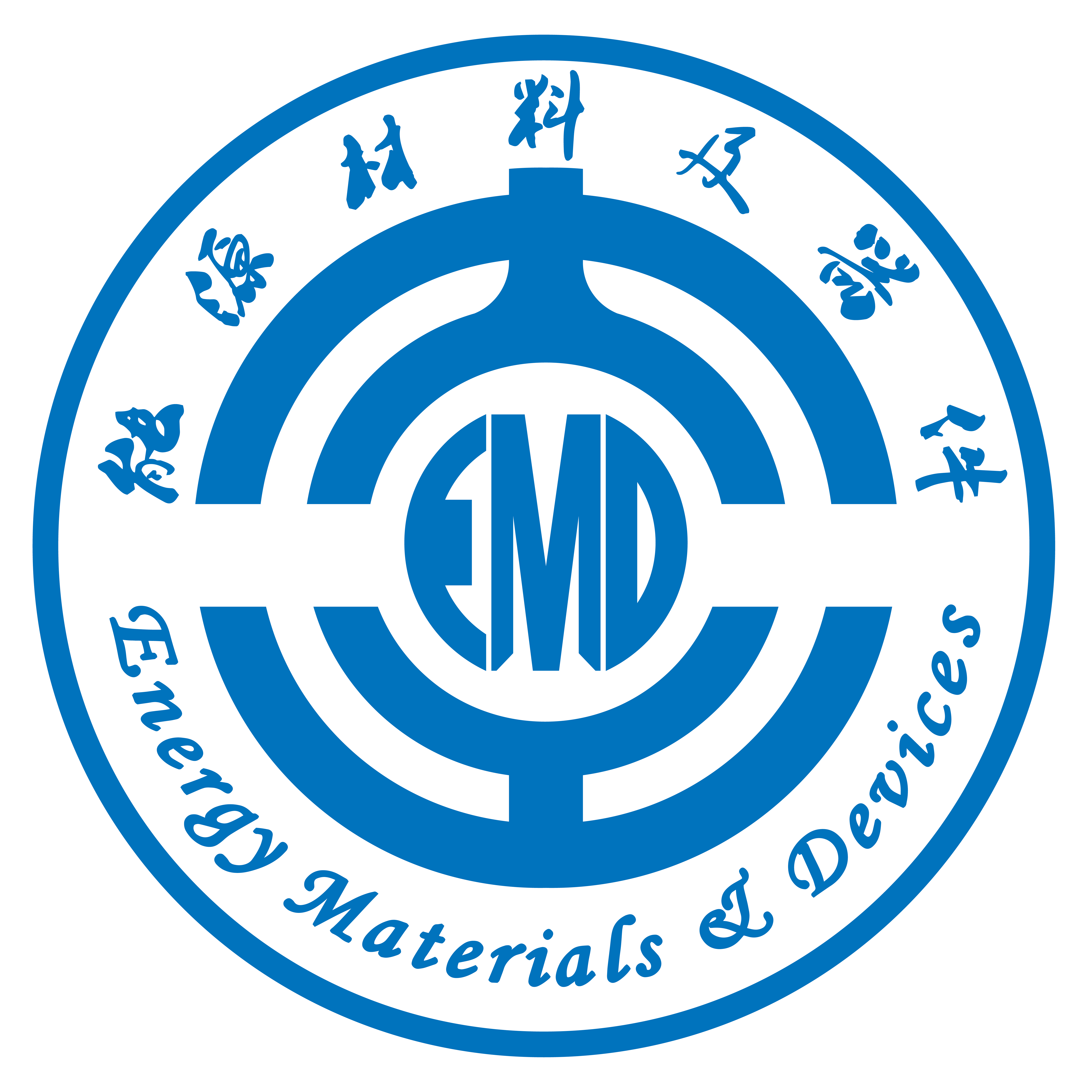Abstract: Li-rich Mn-based cathode materials (LMR) are promising cathodes for next-generation Li-ion batteries due to their high specific capacities, while the surface irreversible redox reactions lead to persistent capacity and voltage fading severely limit their commercial applications. We generated the CePO4/Spinel dual encapsulated modified layer in situ on the surface, with spinel phase derived in the sub-outer layers of the layered crystal, forming a good transition structure at the interface of the two phases. The surface phosphate coating enhances the protection of the original structure, which not only effectively stabilizes the evolution of lattice oxygen, but also suppresses interfacial side reactions and transition metals dissolution. The spinel phase formed on the subsurface can provide fast Li+ migration channels due to its unique three-dimensional structure, which can greatly overcome the Li+ diffusion barrier and strengthen the Li+ diffusion kinetics of the electrode material. This integrated modification strategy can significantly improve the initial coulombic efficiency (ICE), rate performances and cycling stability of the material. The ICE of LMNF-2 increased from 78.36% to 85.88%, and the first discharge specific capacity reached 257.33 mAh g−1 at 0.1 C, the capacity retention was 76.43% with only 0.15 V voltage decay after 300 cycles at 1 C. The lithium-ion full cell employing LMNF-2 and graphite exhibit a specific energy density of 450 Wh kg−1 at 0.1 C, and shows an optimum cycling stability with capacity retention of 87.2% for 100 cycles at 1 C.
https://doi.org/10.1016/j.jallcom.2023.170050

